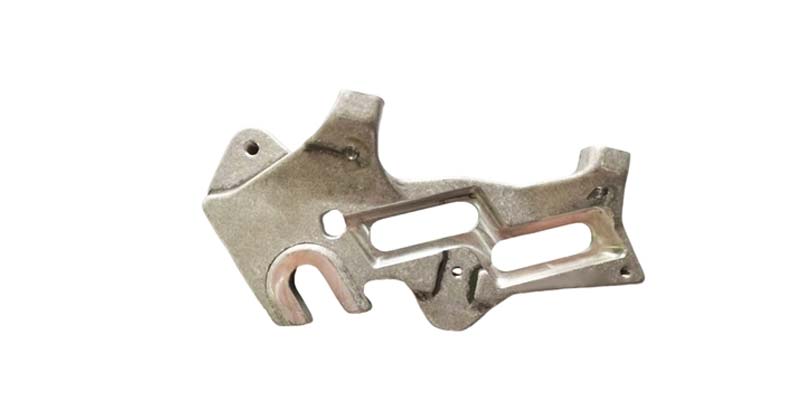What is the future development trend of aviation forgings?
The development trend of aviation forgings in the future may be mainly driven by the following aspects: Lightweight and high performance: With the continuous development of aircraft manufacturing technology, the performance requirements for aviation forgings are also constantly improving. In order to meet the higher performance requirements, forgings will need to be further lightweight and high performance. By using advanced materials and processes, such as titanium alloy, aluminum alloy, powder metallurgy, etc., the design and manufacturing process of forgings can be further optimized to achieve lightweight and high performance. Large-scale and integrated: As aircraft become larger and more complex, aviation forgings will also tend to be large-scale and integrated. Integrated forging can reduce the number of parts, improve the assembly efficiency of aircraft, and also reduce manufacturing costs. In the future, aviation forgings manufacturers may adopt larger forging equipment and technologies, such as large die forging presses, isothermal forging, etc., to produce larger and more complex forgings. Intelligence and automation: With the continuous development of Industry 4.0 and intelligent manufacturing, the manufacturing process of aviation forgings will also be more intelligent and automated. By adopting technologies such as the Internet of Things, big data, and artificial intelligence, automated control and optimization of the production process can be achieved, and production efficiency and product quality can be improved. At the same time, intelligent technology can also improve the traceability and maintainability of aviation forgings, and provide better protection for the safe operation of aircraft. Sustainable development: With the increasingly serious global environmental problems, sustainable development will become an important trend in…








